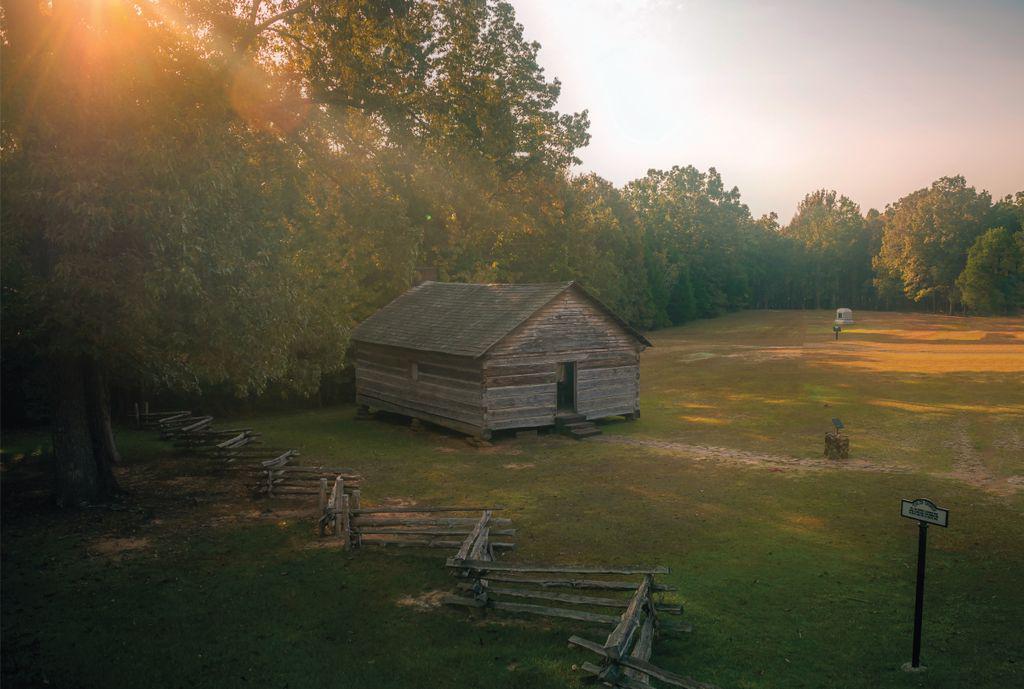CHURCH IN THE MAELSTROM

But go ye now unto my place which [was] in Shiloh, where I set my name at the first, and see what I did to it for the wickedness of my people.
—Jeremiah 7:12
BEFORE IT LENT ITS NAME to the April 6-7, 1862, battle, Shiloh Church was the center of a community. Erected in 1851, the humble church sat at a small crossroads in heavily wooded tableland three miles west of the bend in the Tennessee River where waters that have run all the way from the Appalachians cease their westward track across the top of Alabama and plunge due north, back into Tennessee and all the way to the Ohio River.
Growing up around Shiloh Church, Elsie Duncan remembered her community as an idyll in the woods. The forest was beautiful, she said, “with every kind of oak, maple and birch, [with] fruit trees and berry bushes and a springfed pond with water lilies blooming white.” As the 9-year-old daughter of Shiloh’s circuit-riding minister, Elsie knew the woods well. On the morning of the battle, she remembered that “the sun was shining, birds were singing, and the air was soft and sweet. I sat down under a holly-hock bush which was full of pink blossoms and watched the bees gathering honey.”
Disembarking at Pittsburg Landing, many of Ulysses S. Grant’s soldiers saw not an idyll but a muddy, squalid waste, which, in fairness, Shiloh also was. “Pittsburg Landing…excited nothing but disgust and ridicule,” said one Federal. “A small, dilapidated storehouse was the only building there.” The surrounding area was “an uninteresting tract of country, cut up by rough ravines and ridges, [where] here and there an irregular field and rude cabin indicated a puny effort at agriculture.”
The Federals were equally unimpressed with Shiloh Church—a
You’re reading a preview, subscribe to read more.
Start your free 30 days